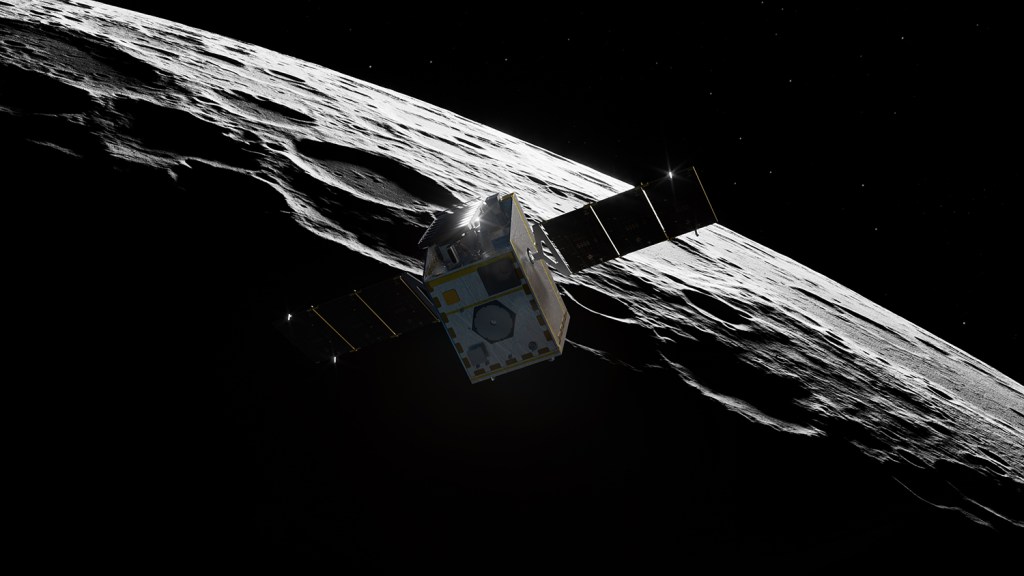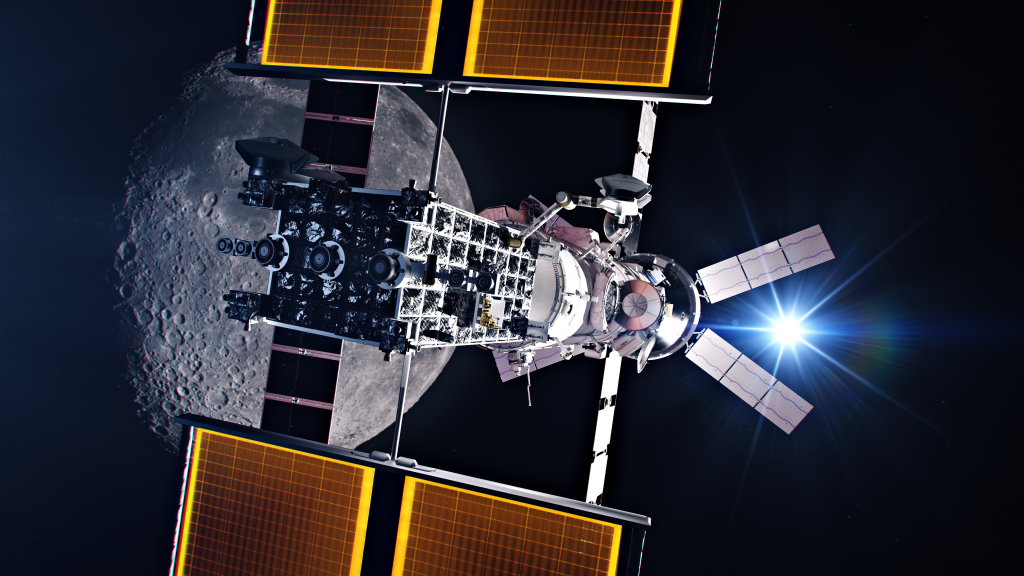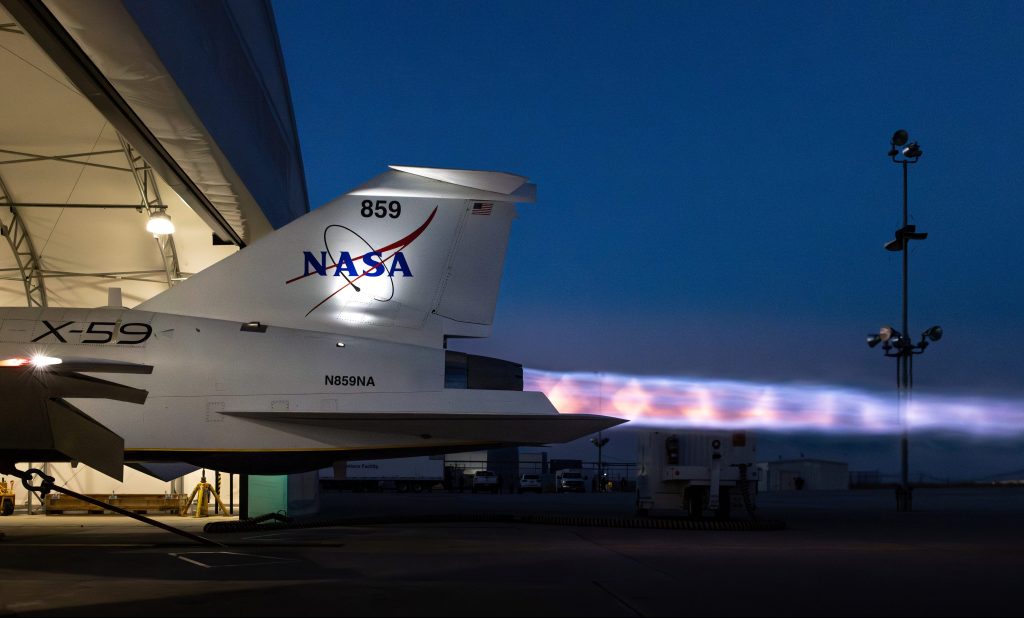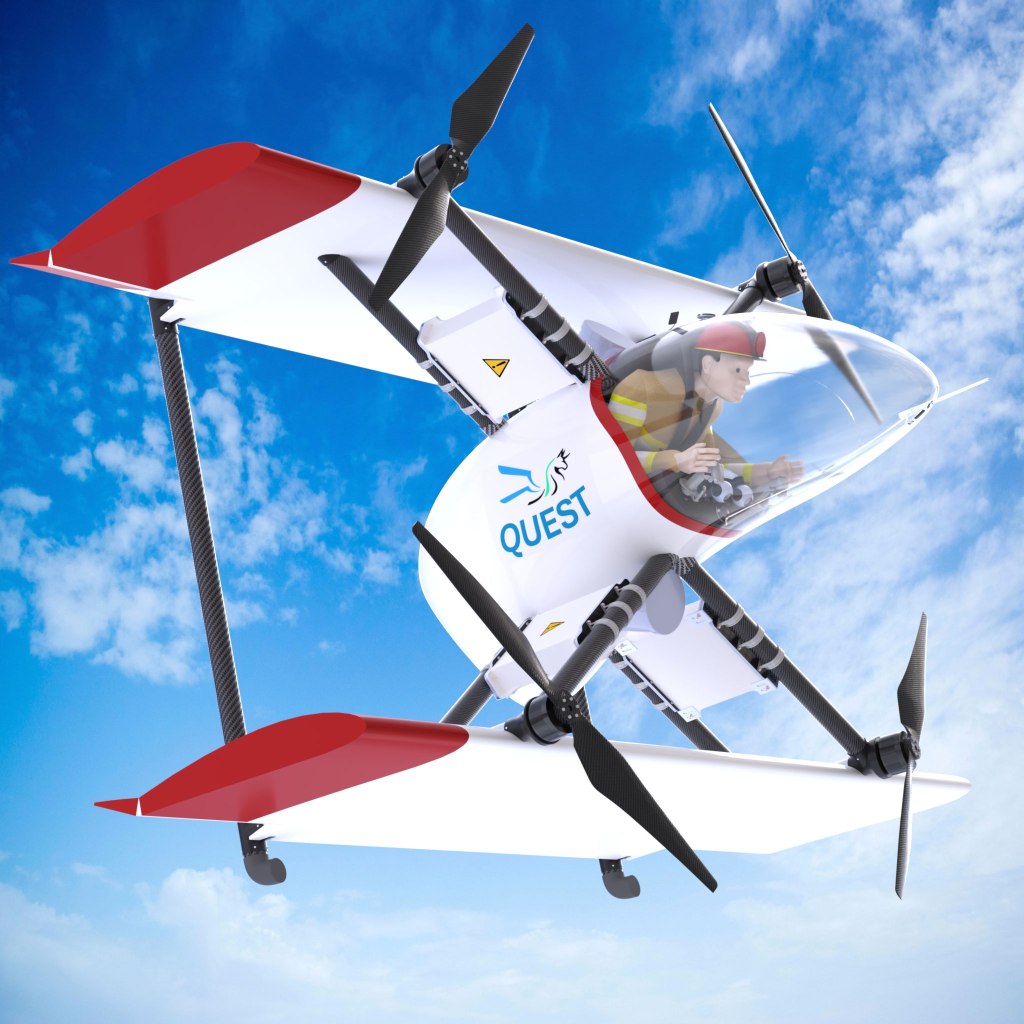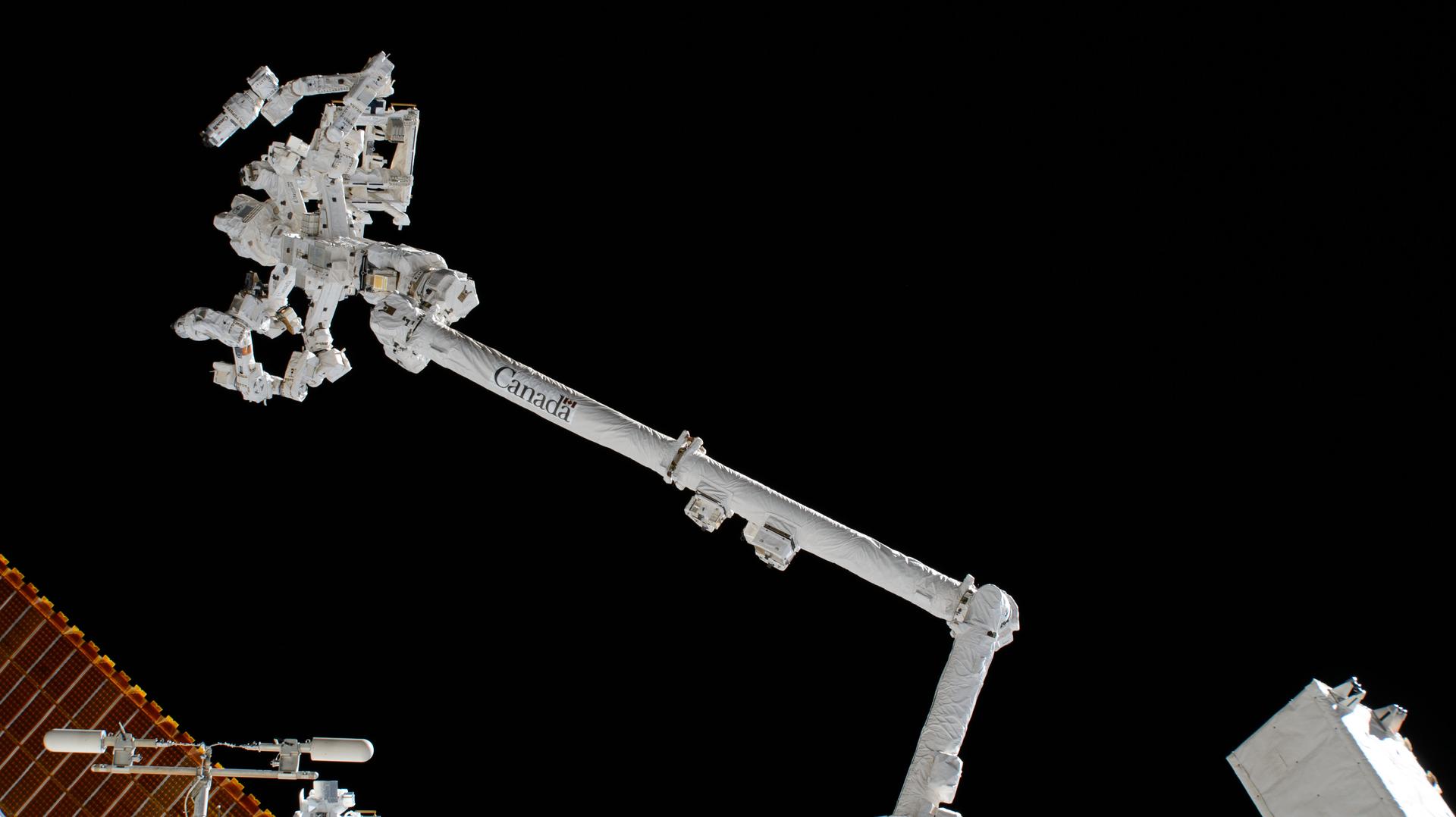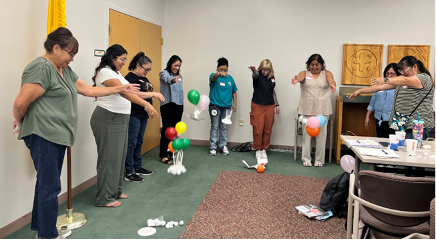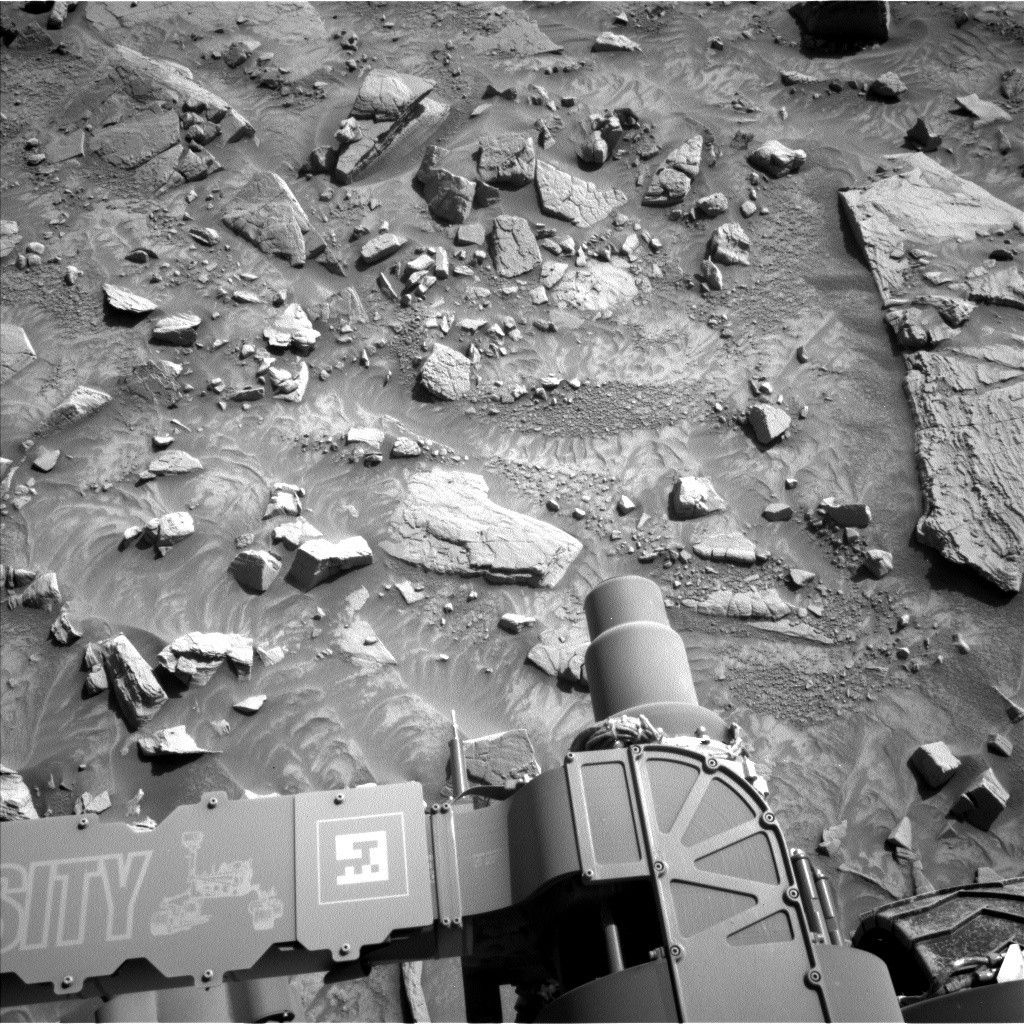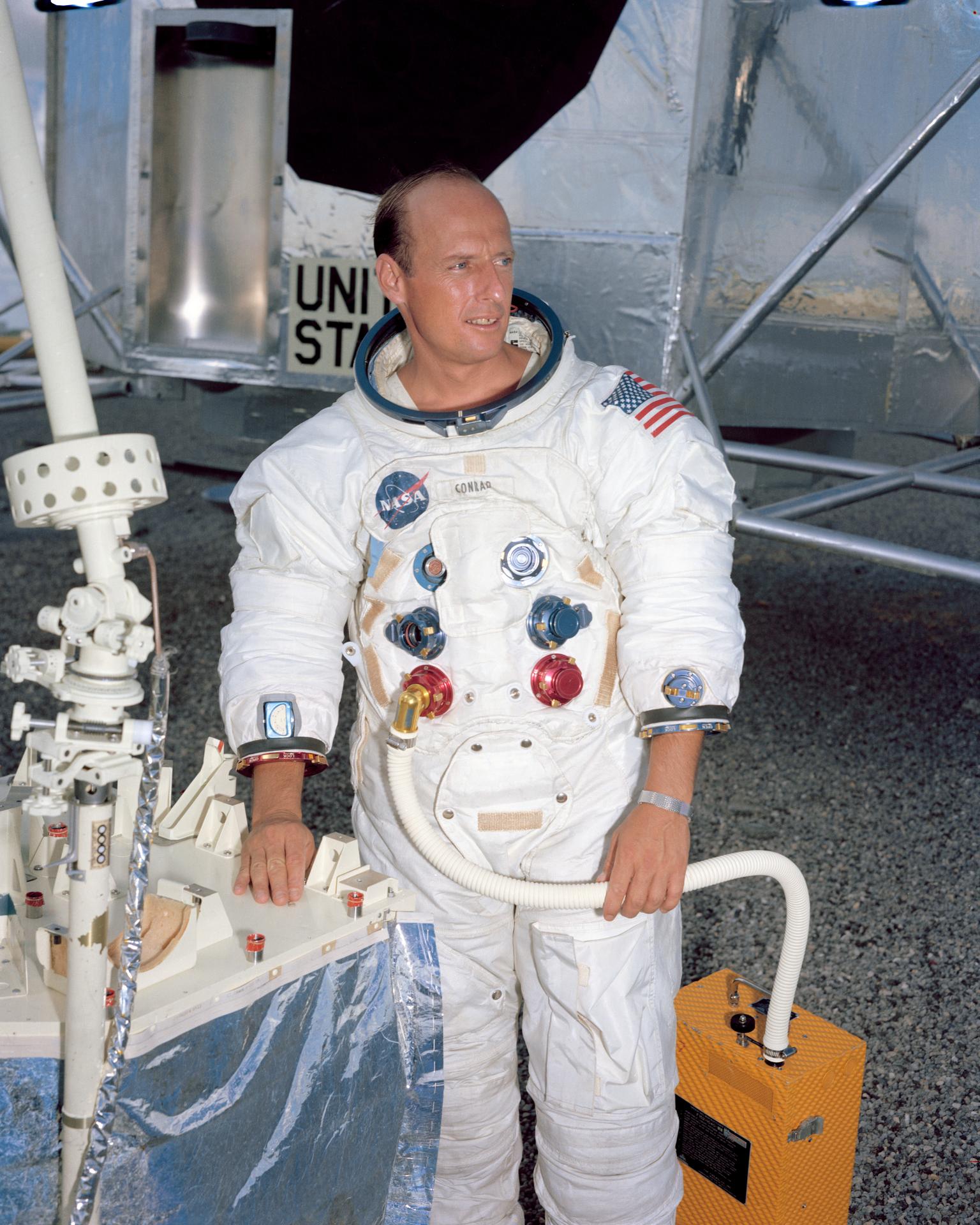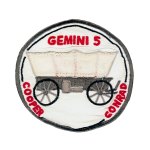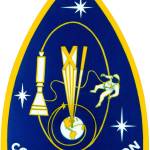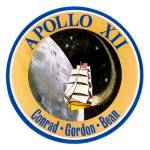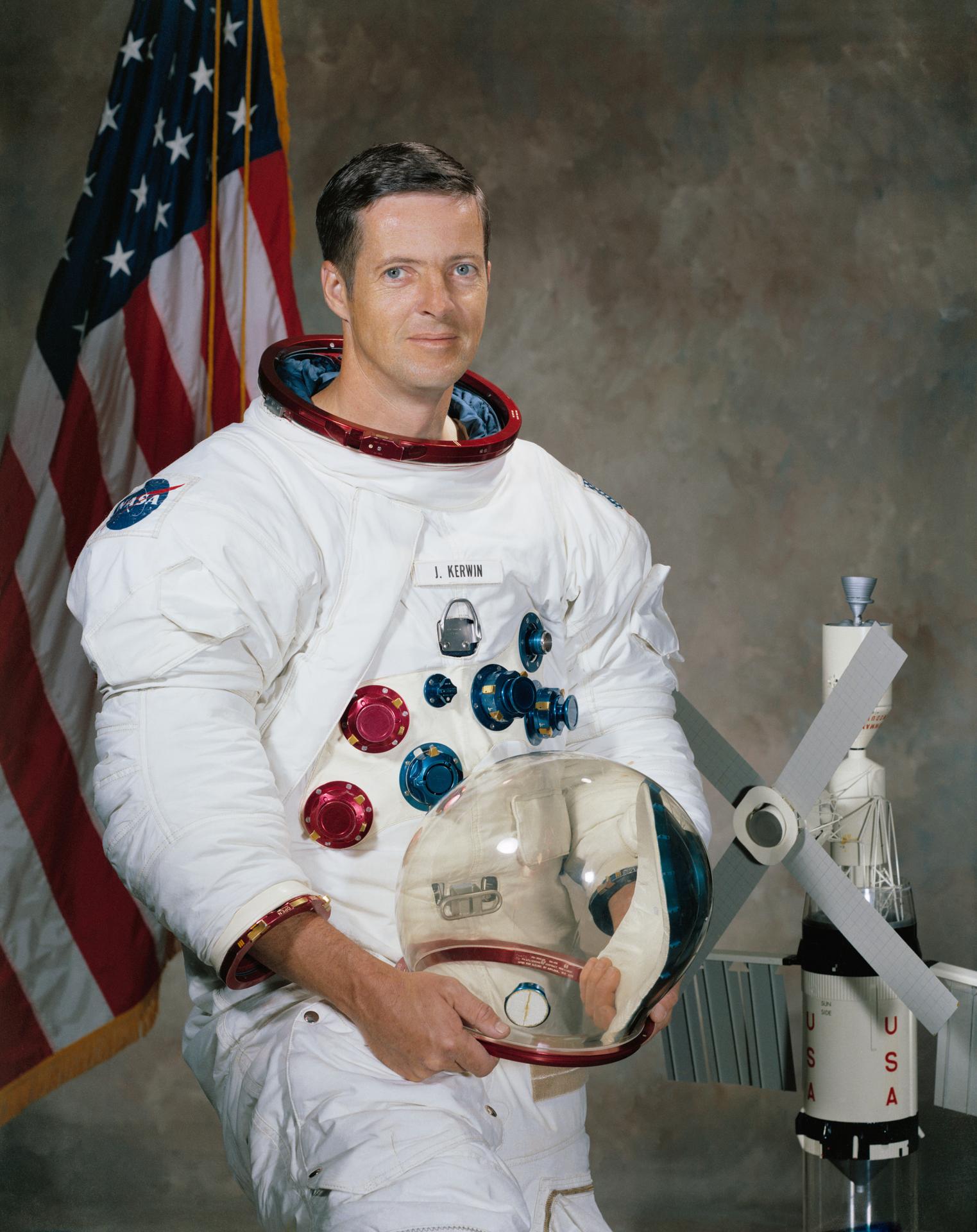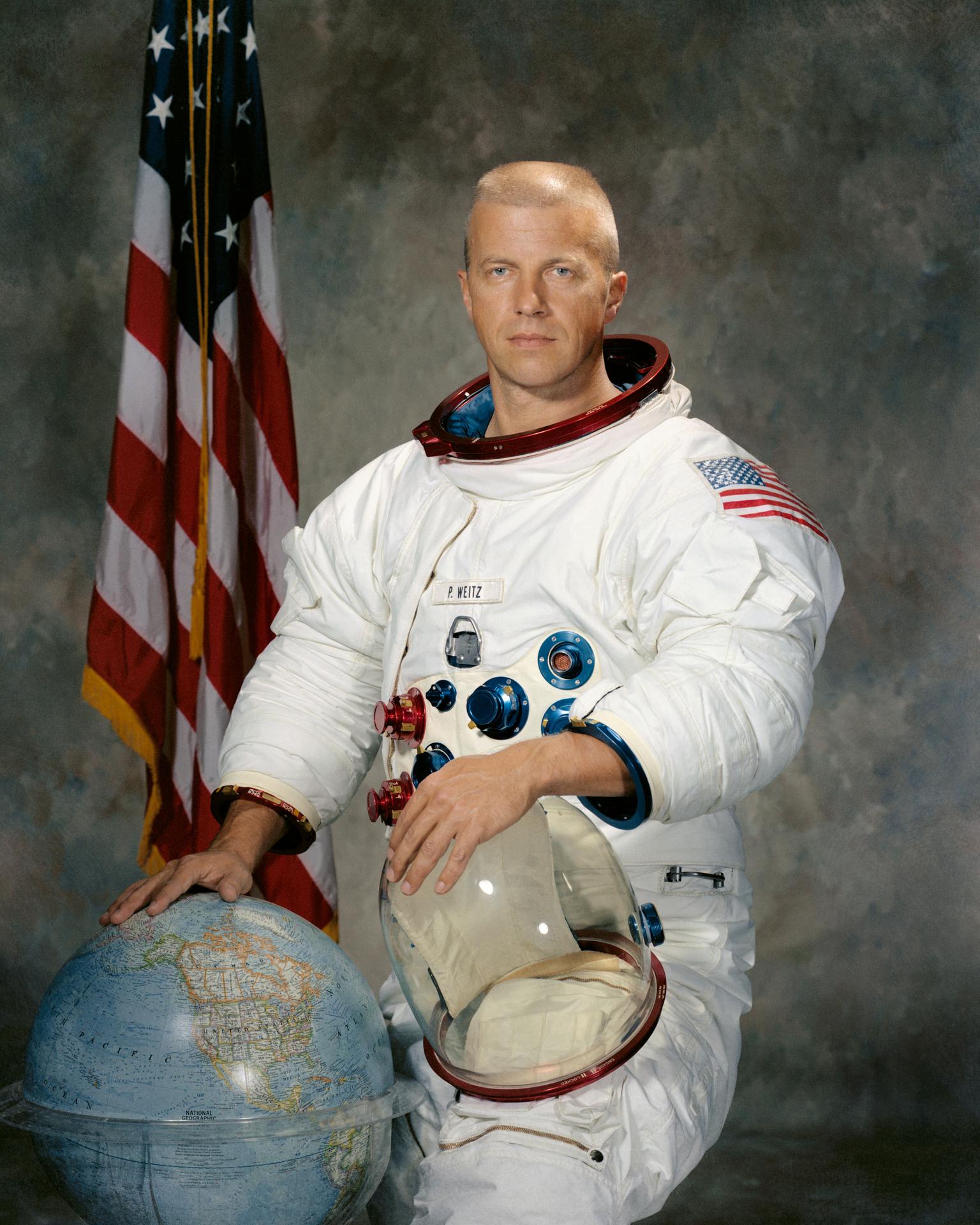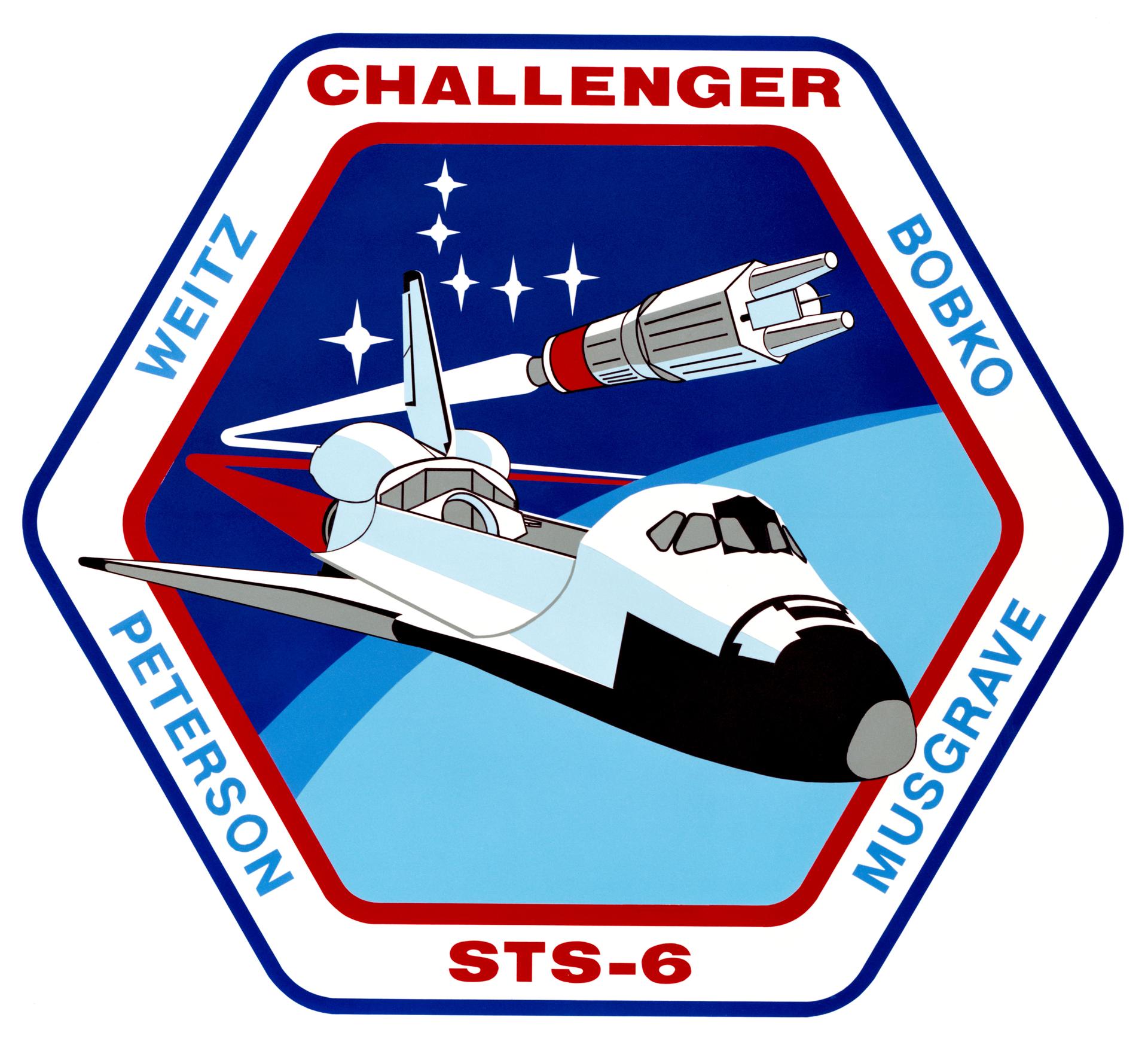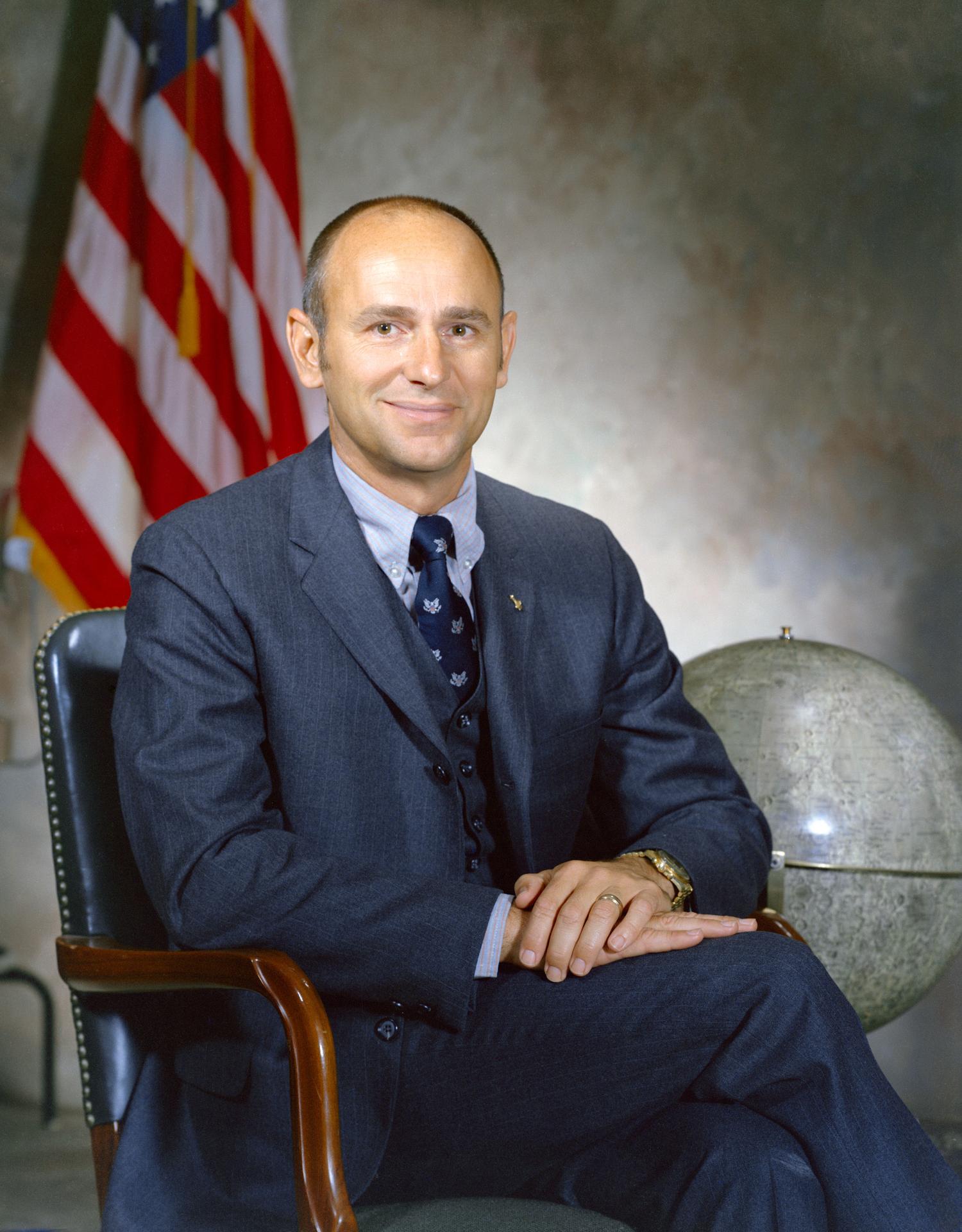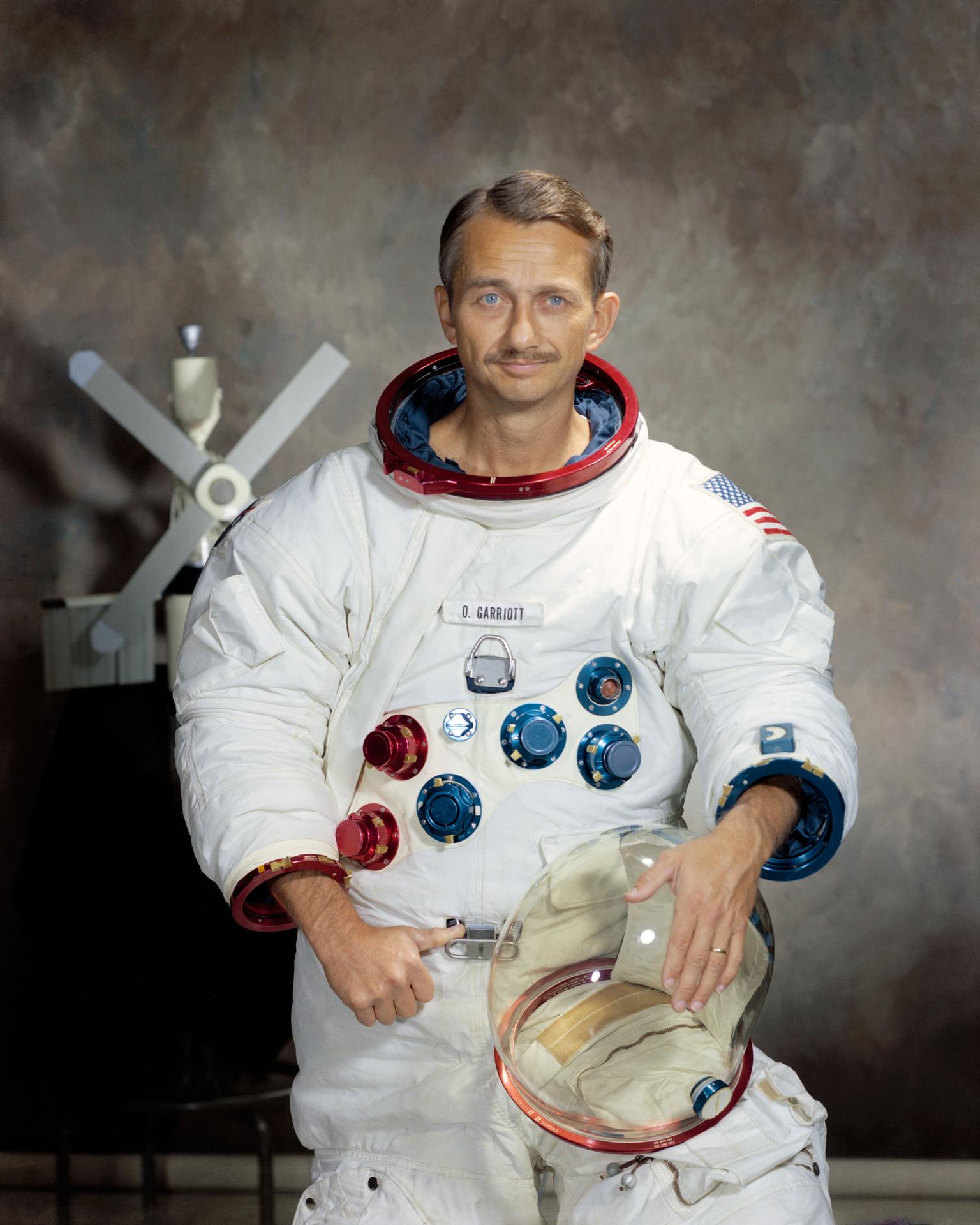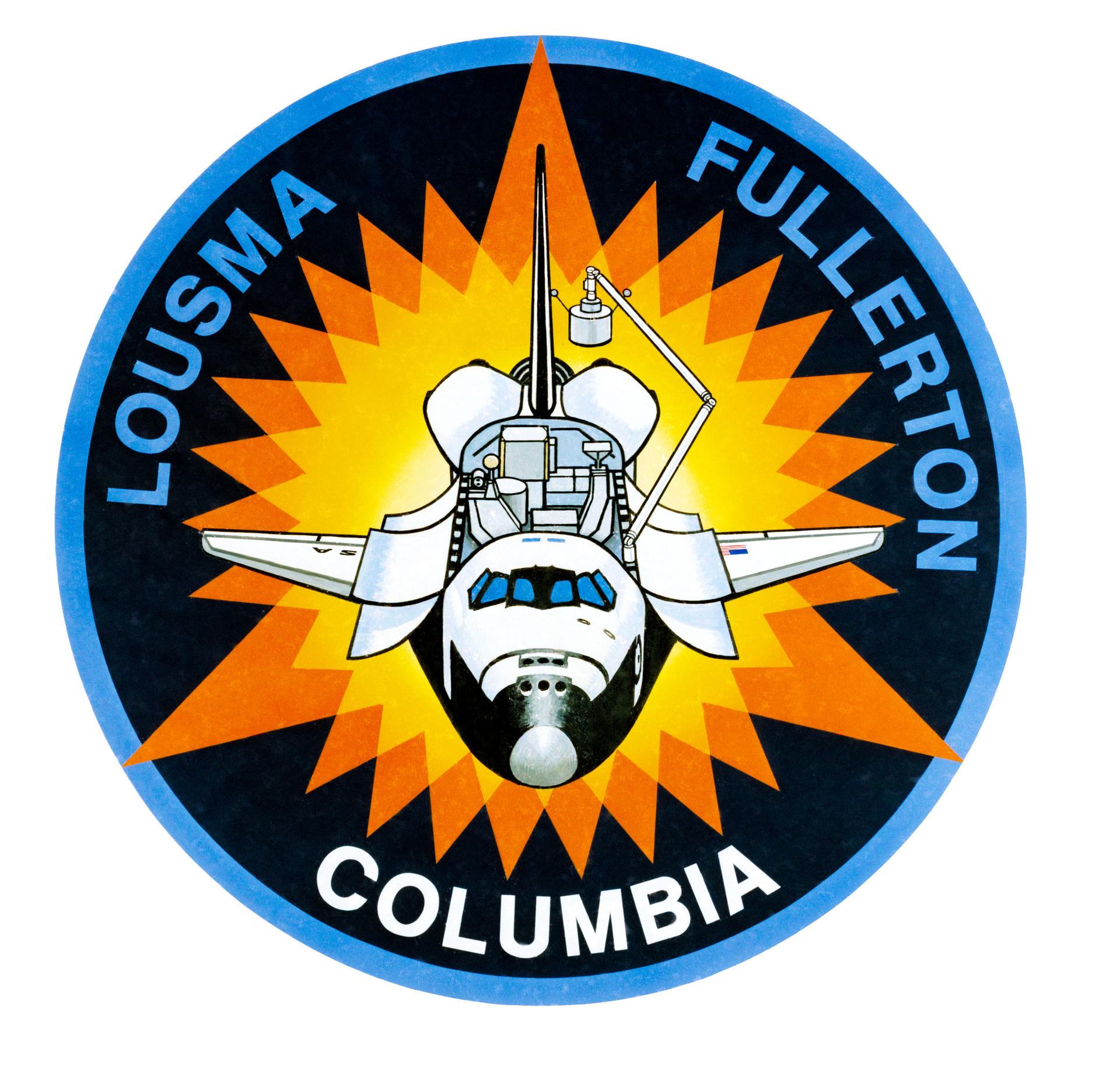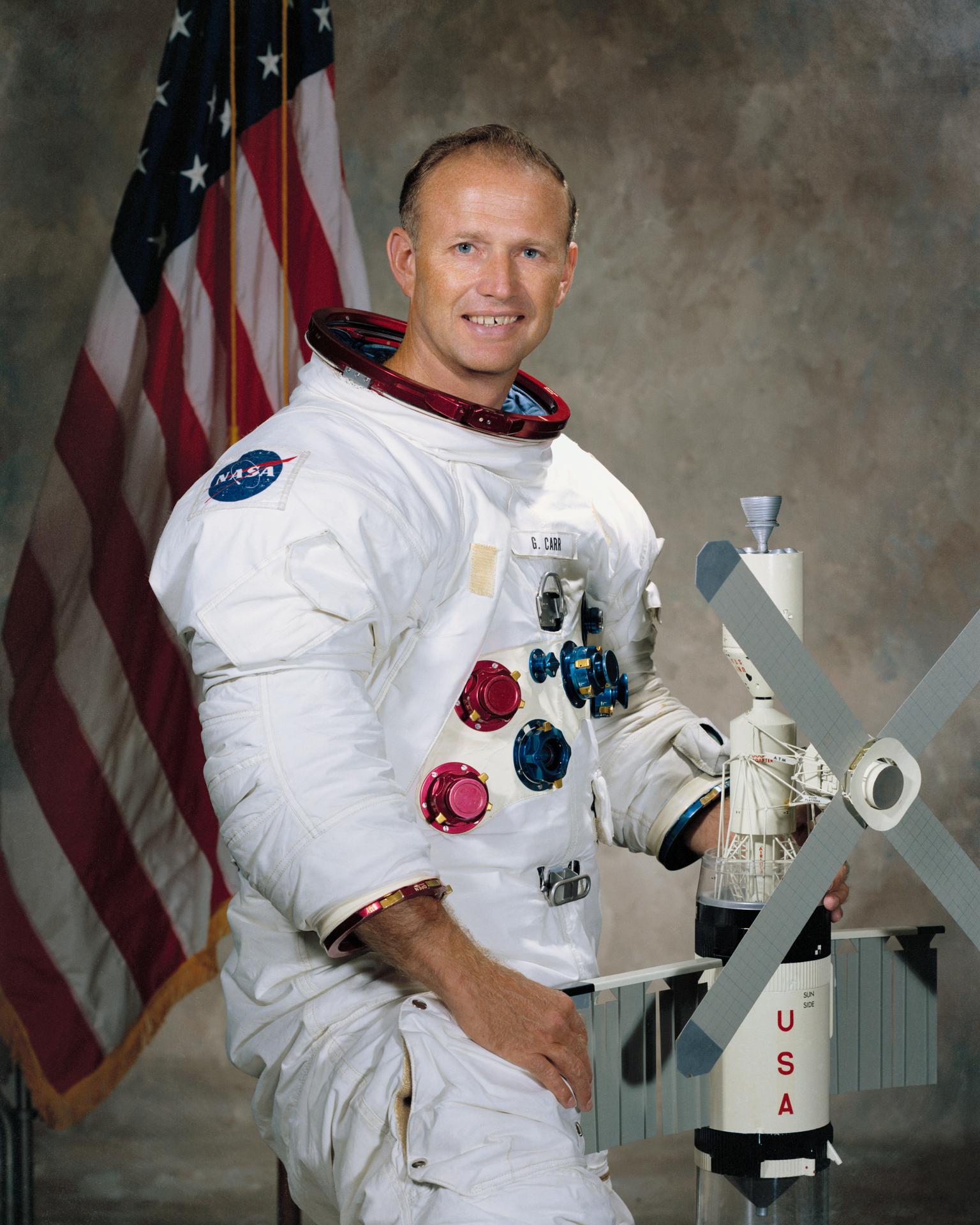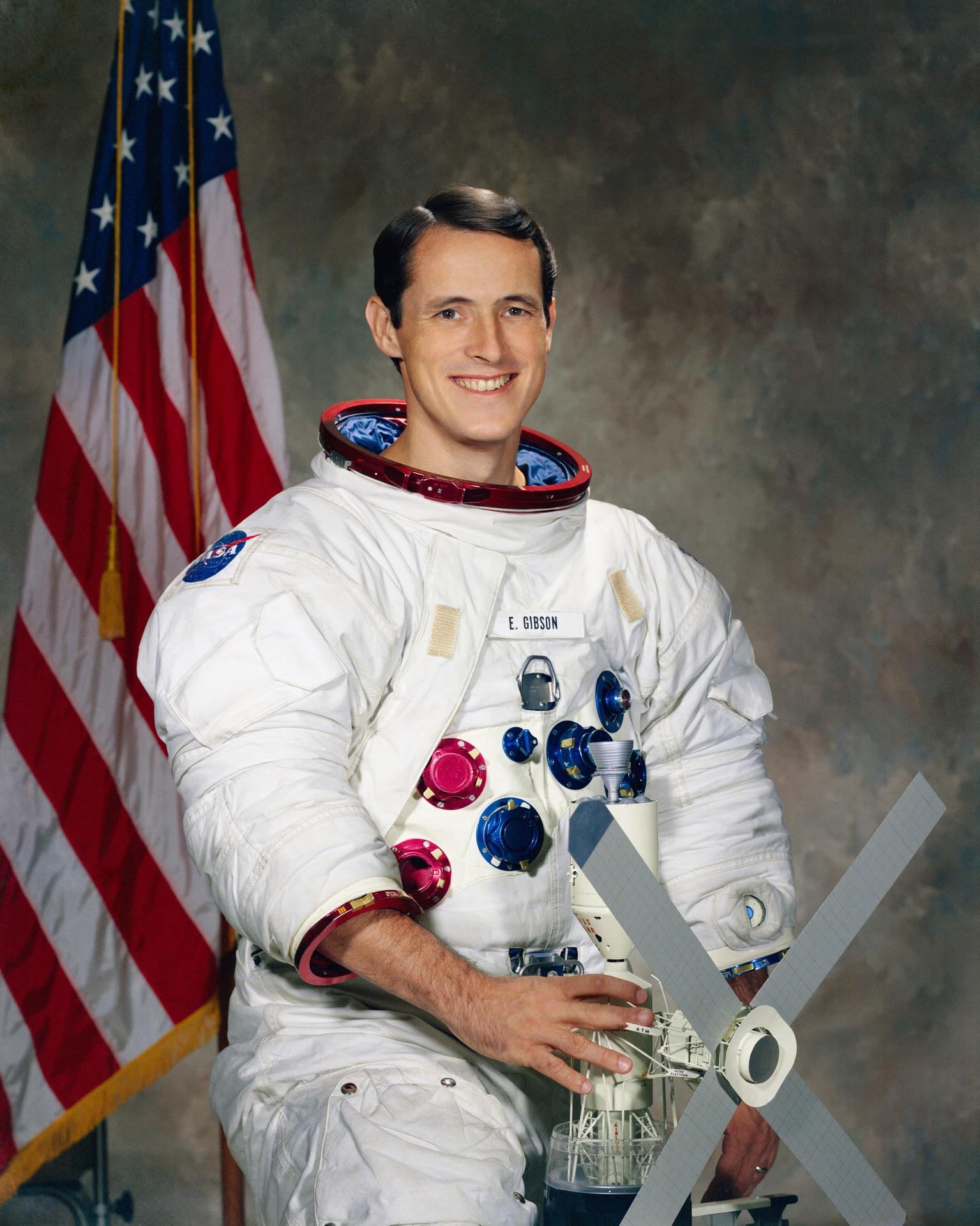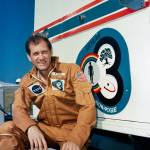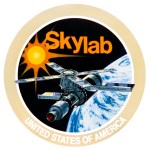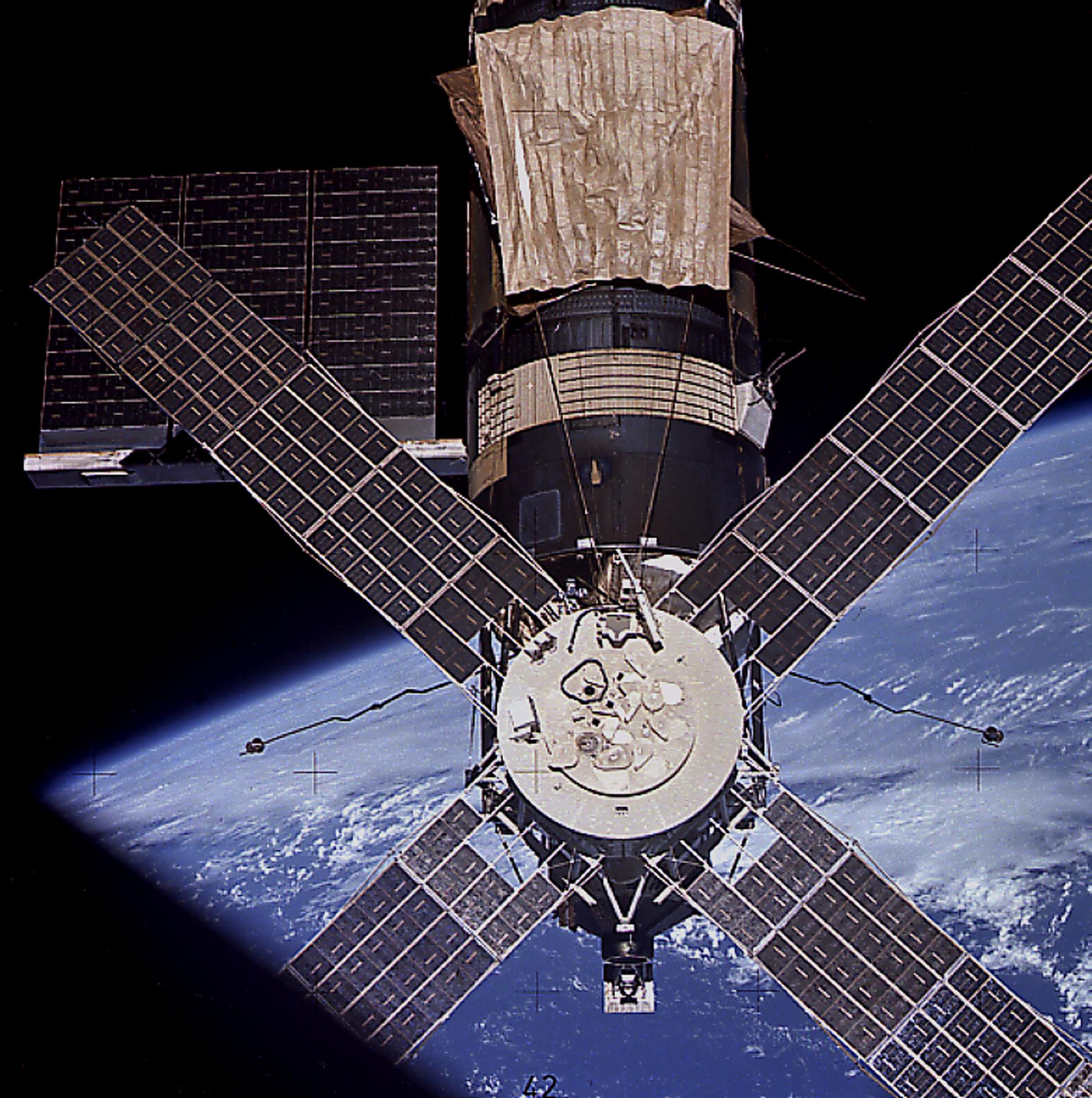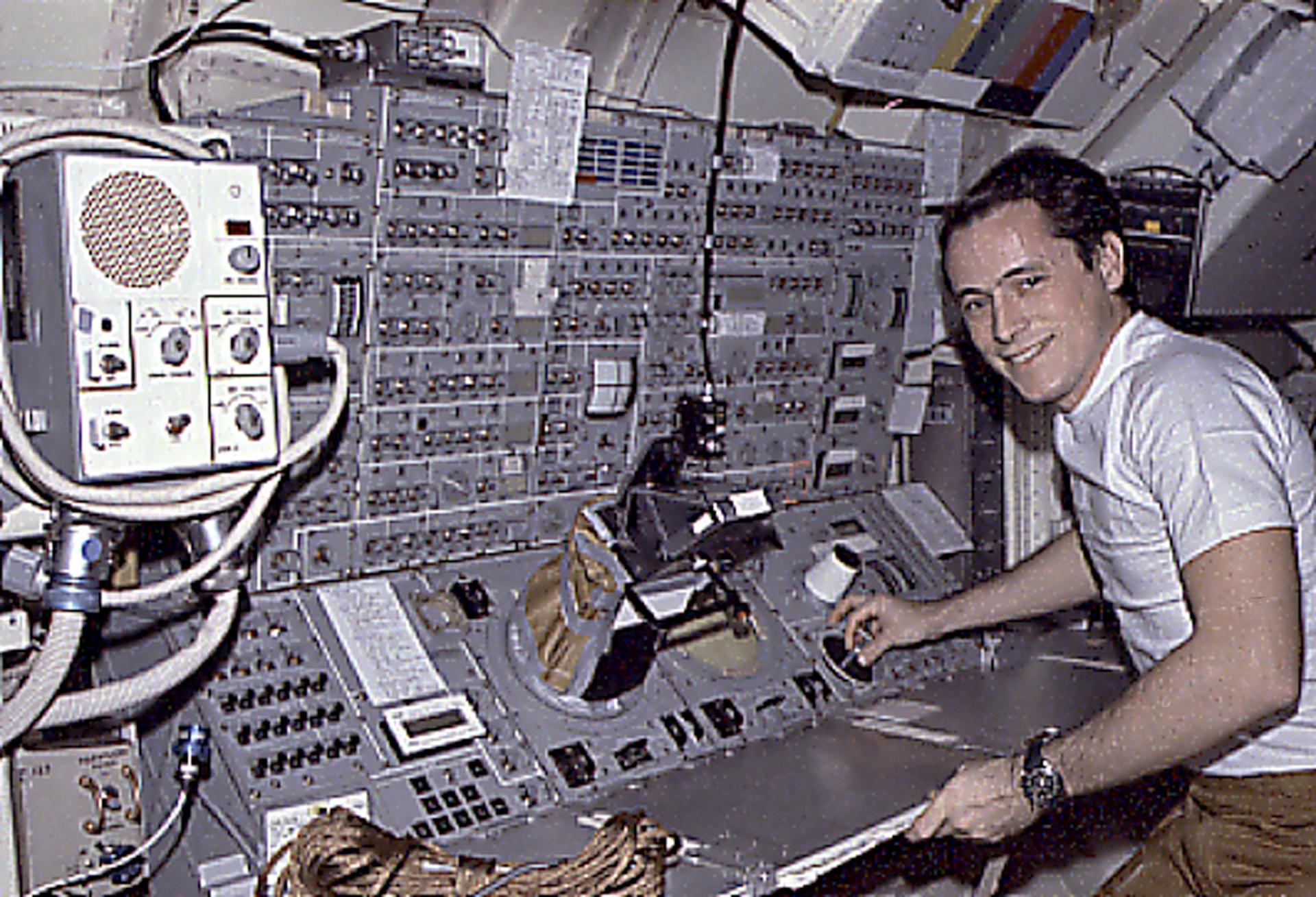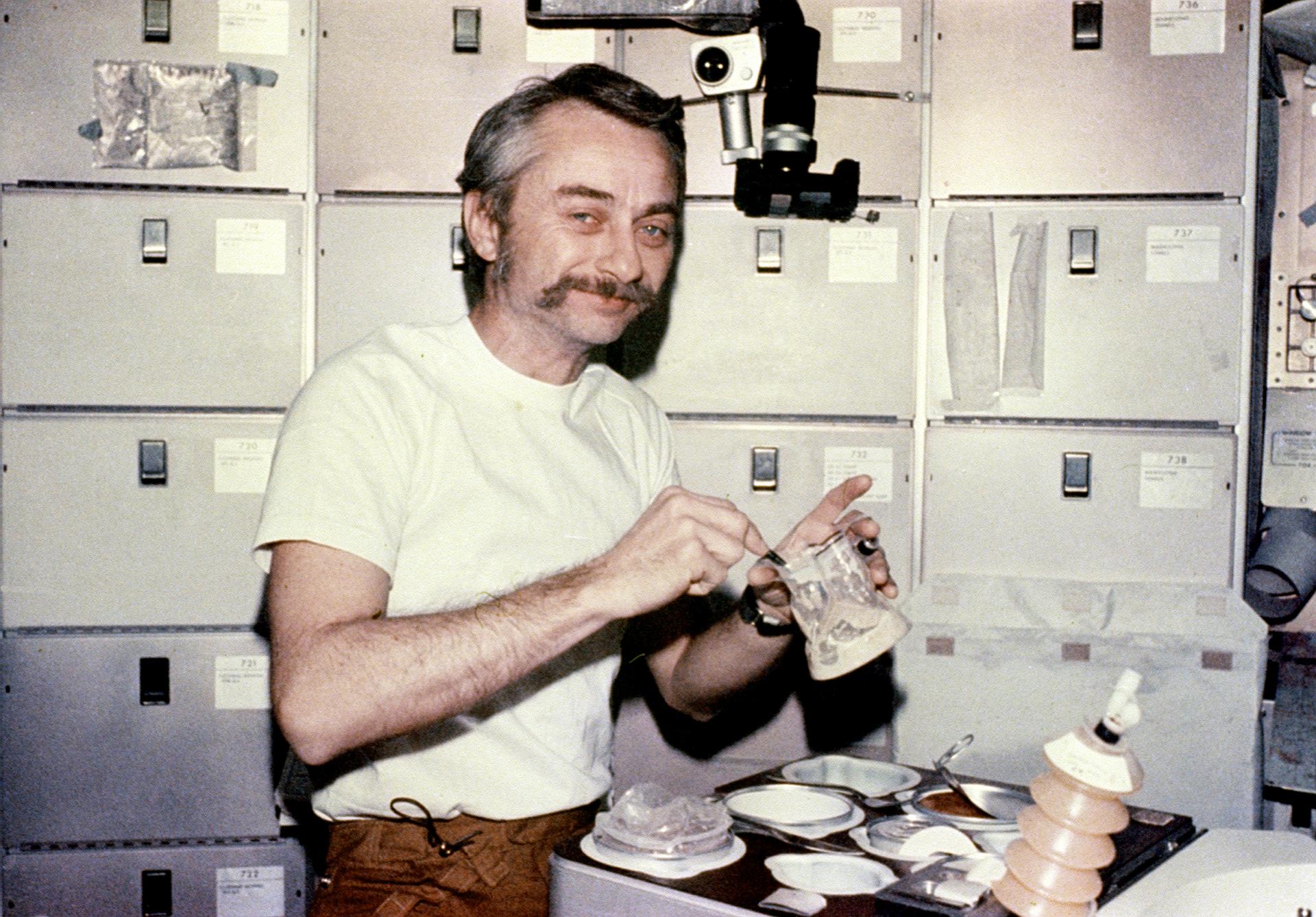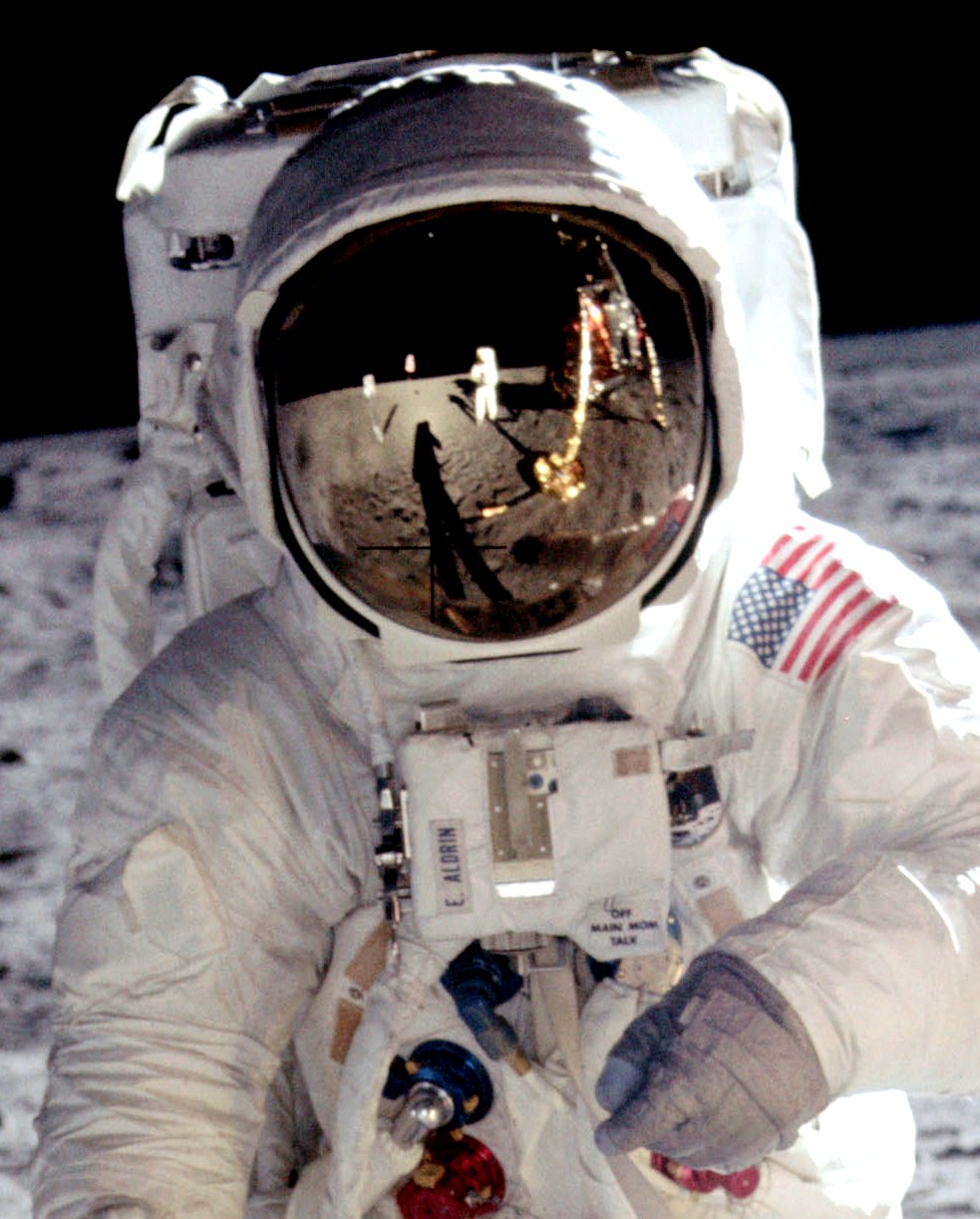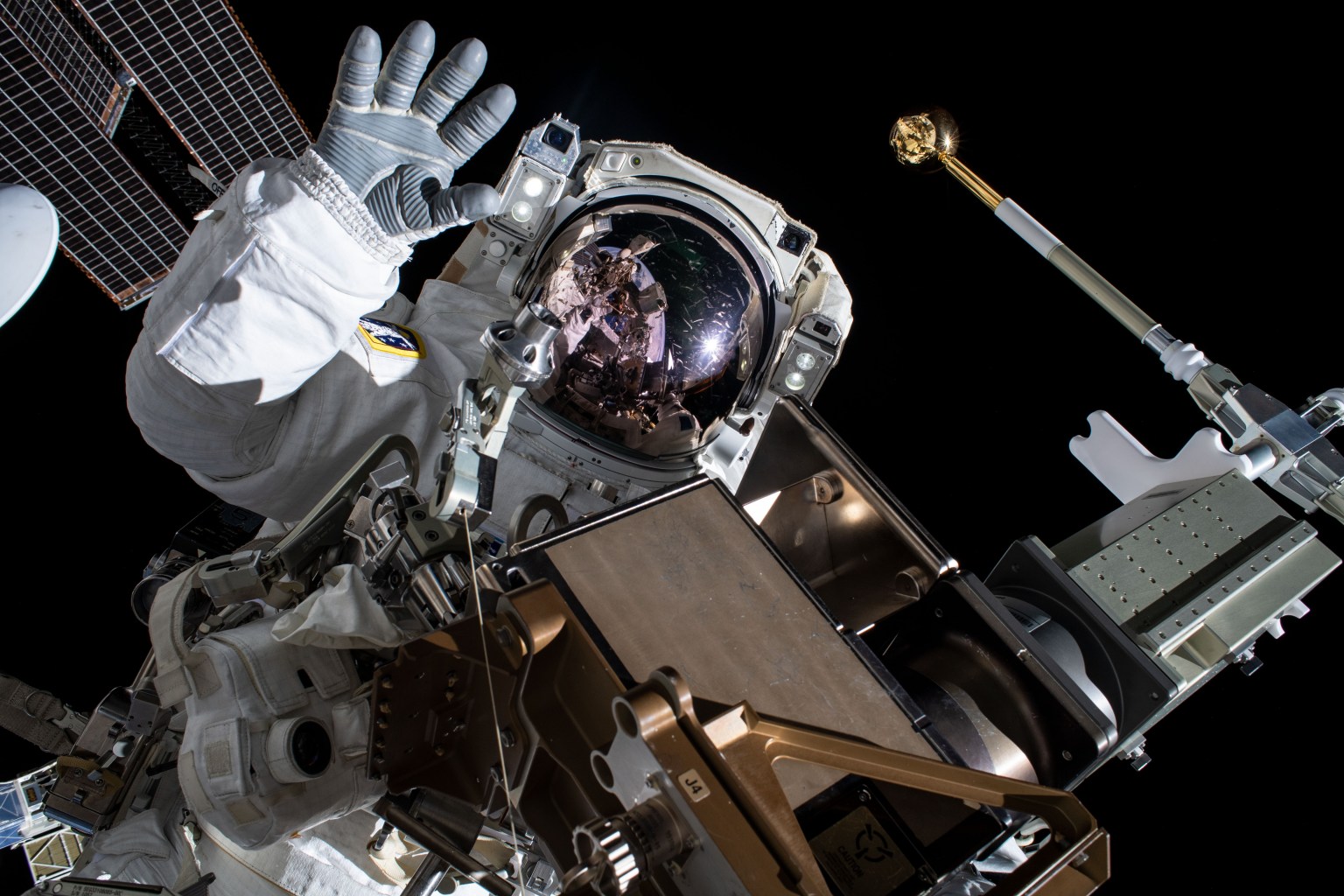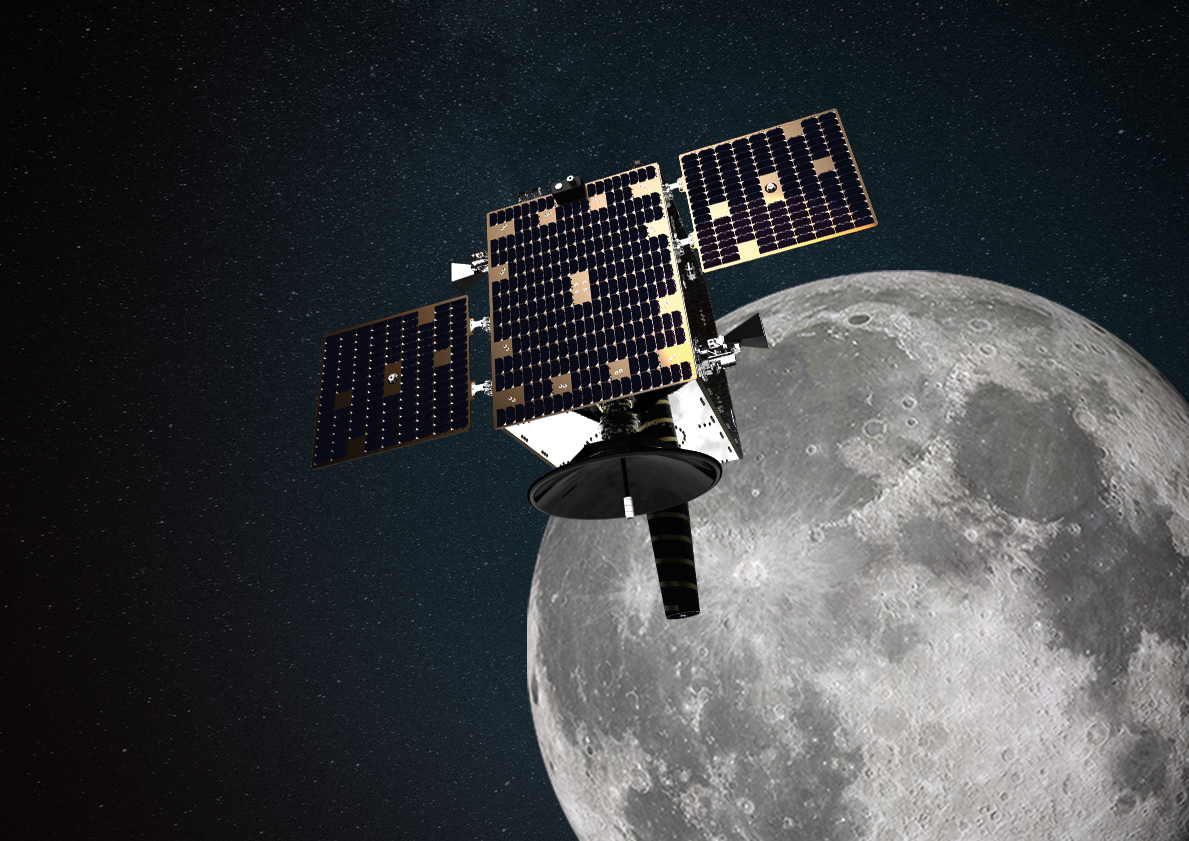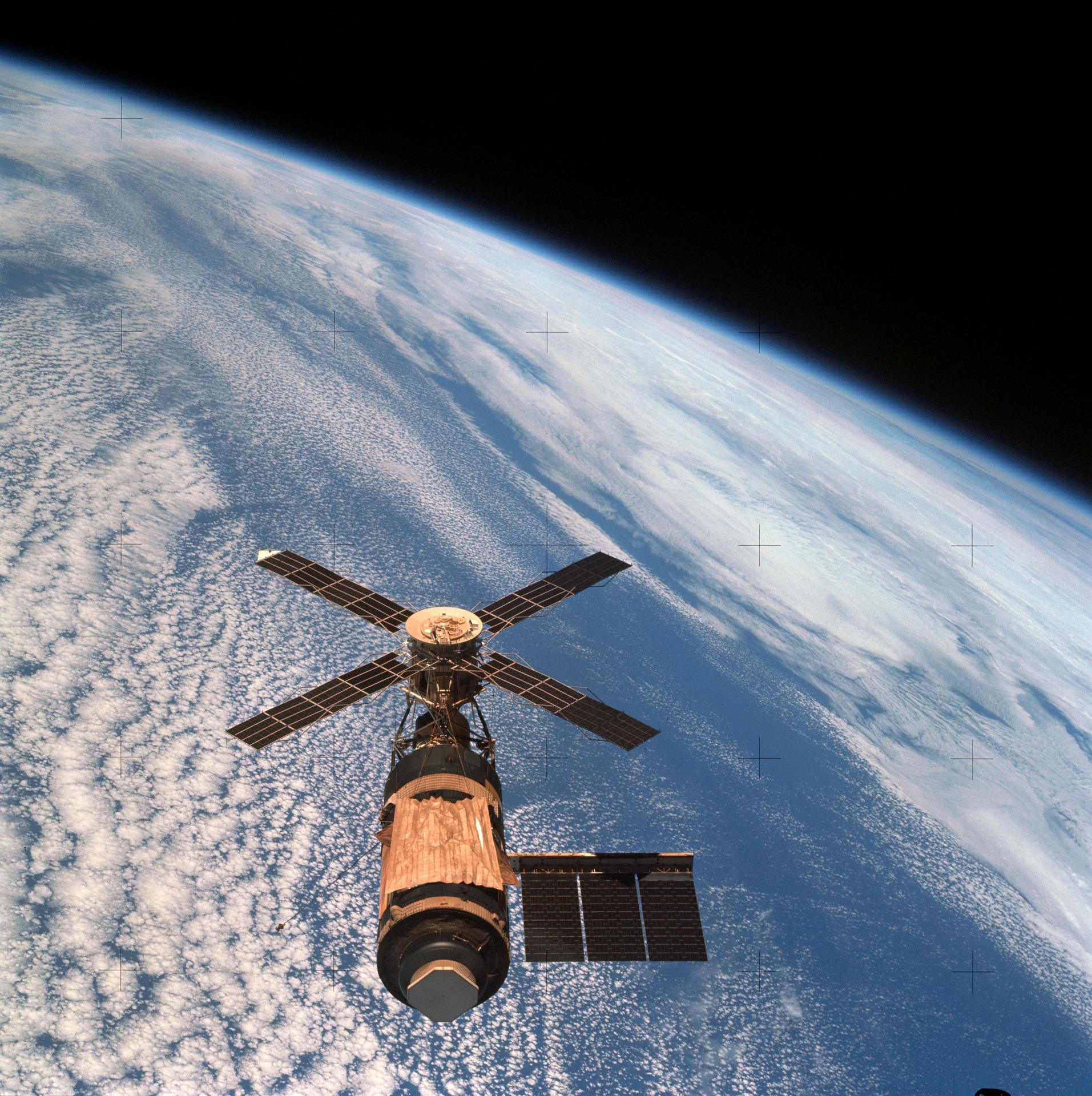
Skylab
In 1973 and 1974, NASA pushed the boundaries of long-duration human space missions with Skylab, America’s first space station. With three crews performing hundreds of science experiments and unprecedented observations of the Earth and the Sun, Skylab laid the foundations for the space science program on the International Space Station and for future missions to the Moon and Mars.
1973-1979
Crewed Missions
Days Occupied by Astronauts
Skylab Astronauts
Skylab’s Goals
America’s first experimental space station, Skylab, was designed for long durations. Its objectives were twofold: To prove that humans could live and work in space for extended periods, and to expand our knowledge of solar astronomy well beyond Earth-based observations. The program was successful in all respects despite early mechanical difficulties.
Skylab made extensive use of Saturn and Apollo equipment. Through the use of a “dry” third stage of the Saturn V rocket, the station was completely outfitted as a workshop area before launch. Crews visited Skylab and returned to Earth in Apollo spacecraft.
Three, three-man crews occupied the Skylab workshop for a total of 171 days and 13 hours. It was the site of nearly 300 scientific and technical experiments, including medical experiments on humans’ adaptability to zero gravity, solar observations and detailed Earth resources experiments.
Skylab Articles
Learn more about the Skylab astronauts, development of the Skylab space station, details about each of the missions, and much more.

A few days before they left Skylab on Feb. 8, 1974, the final crew to occupy the station raised its…
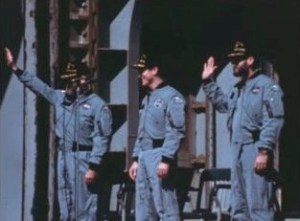
The longest spaceflight up to that time ended on Feb. 8, 1974, when Skylab 4 astronauts Gerald P. Carr, Edward…
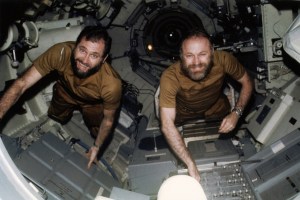
In December 1973, Skylab 4 astronauts Gerald P. Carr, Edward G. Gibson, and William R. Pogue passed the one-month mark…
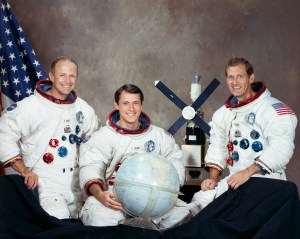
The third and final crewed mission to the Skylab space station, Skylab 4, got underway on Nov. 16, 1973, with…
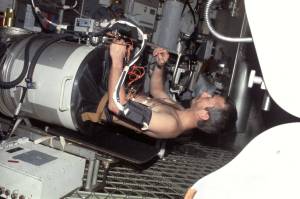
On Sept. 25, 1973, the longest human spaceflight up to that time ended with the splashdown of the Skylab 3…
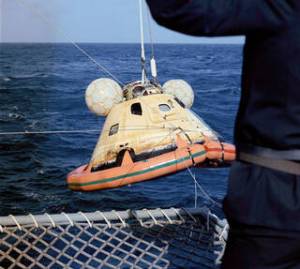
On Sept. 25, 1973, Tim Hogan and his colleagues from the Navy’s Underwater Demolition Team leapt from a hovering helicopter…
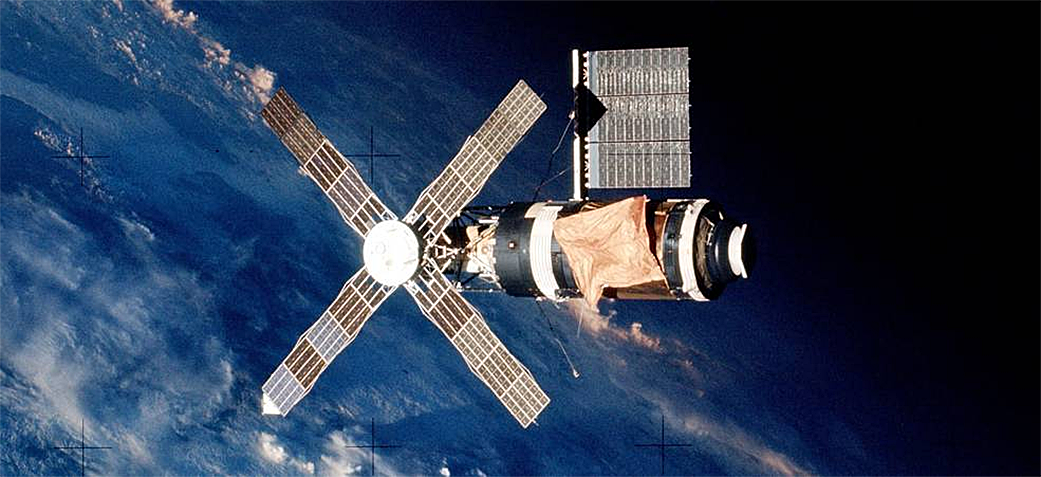

Skylab 2
The first crew to the Skylab space station, launched on May 25, 1973, had an added responsibility for their mission: save Skylab!
Learn More
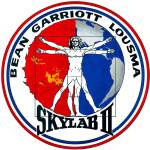
Skylab 3
The second crew to inhabit Skylab, launched on July 28, 1973, spent a then record-breaking 59.5 days in space. The mission accomplished 150% of their mission goals while completing 858…
Learn More
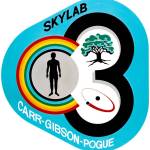
Skylab 4
Skylab’s third crew was unusual in that all three astronauts were making their first trip into space. Gerald P. Carr, the commander, was a Marine Corps lieutenant colonel. Dr. Edward…
Learn More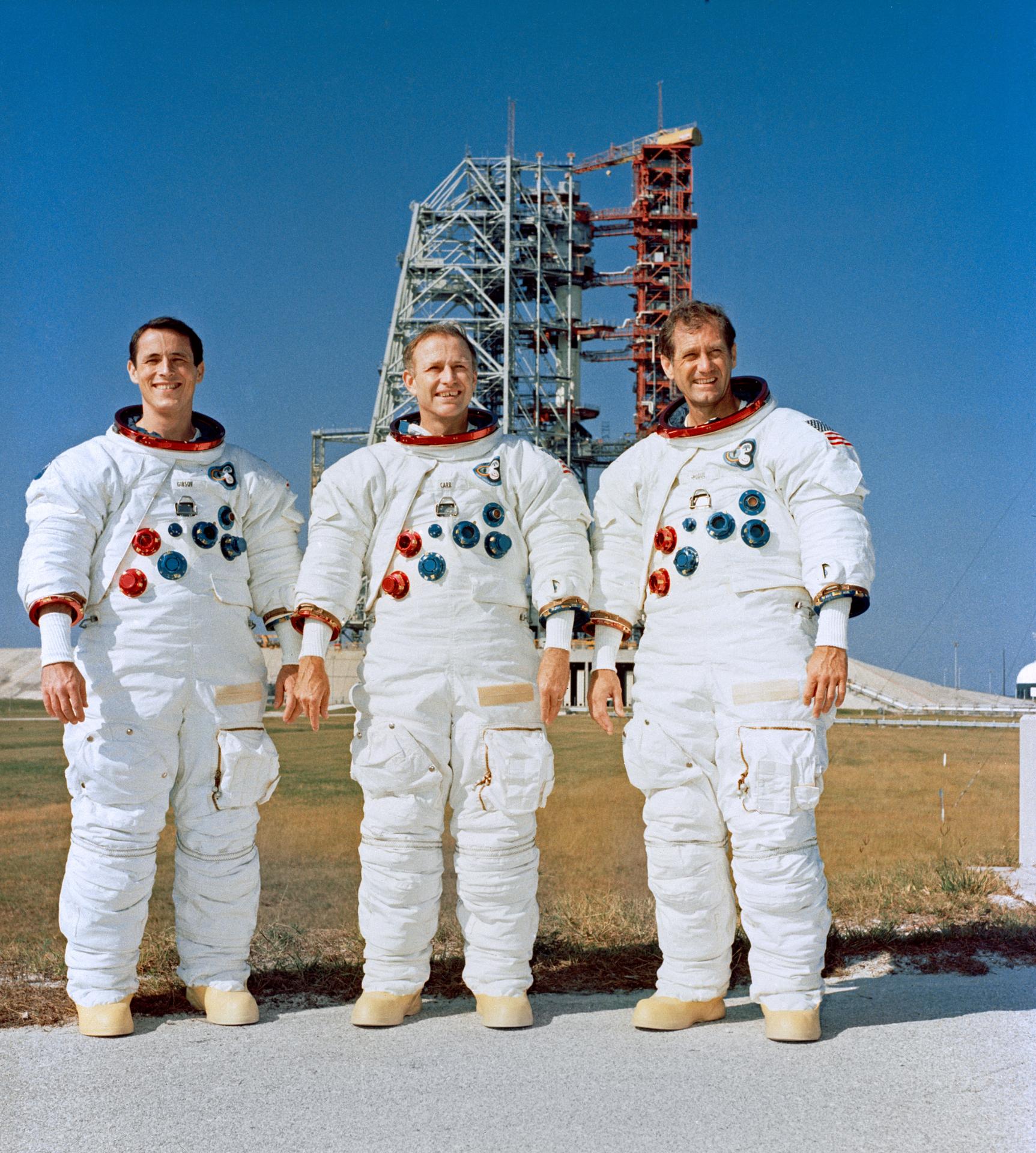
Publications and Additional Resources
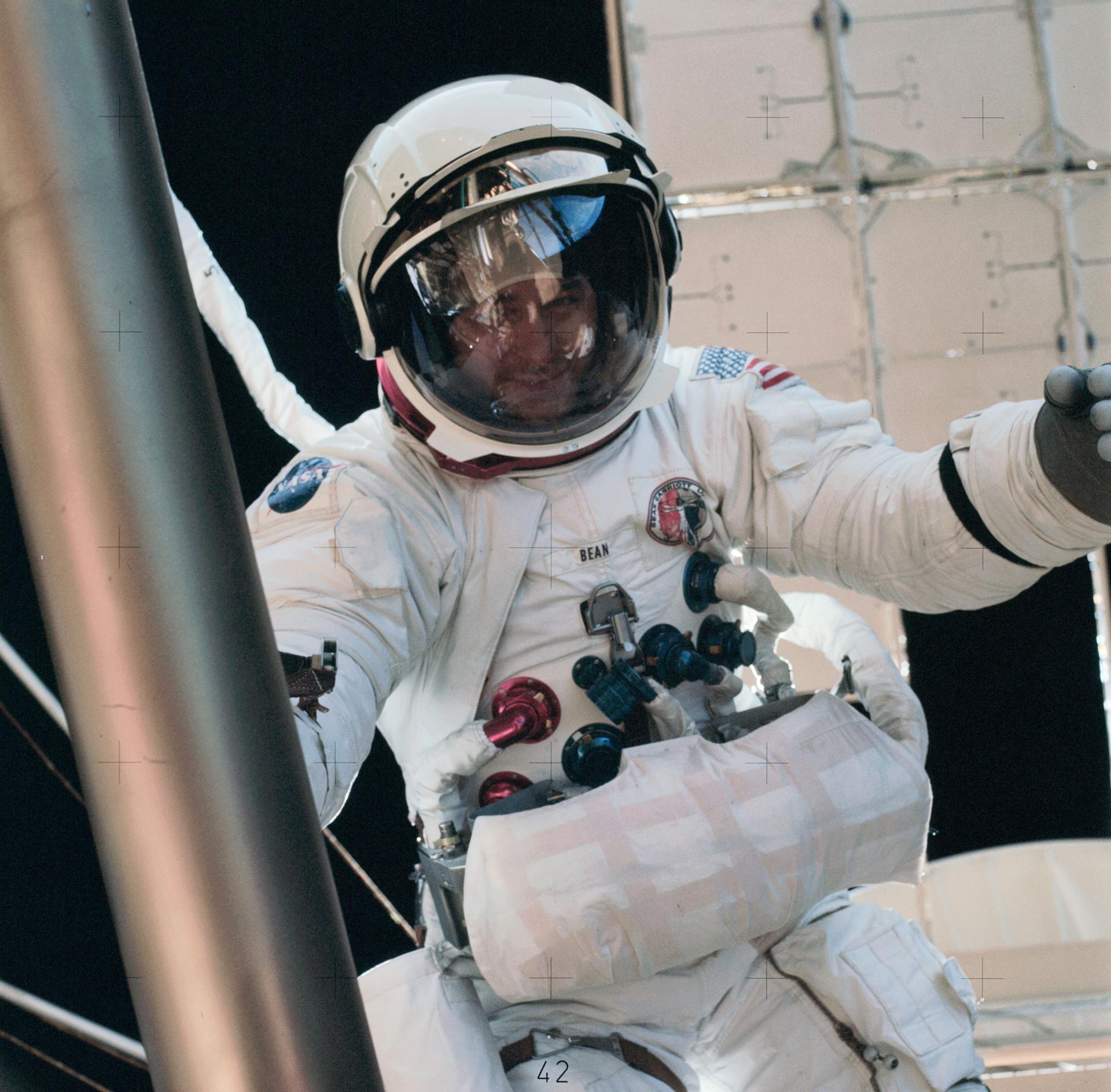
Living and Working in Space: A History of Skylab
The history of Skylab is examined with emphasis on the program's development from previous Apollo missions, modifications to spacecraft, onboard experiments, and flight crew training. A listing of the missions and an evaluation of results are included.





